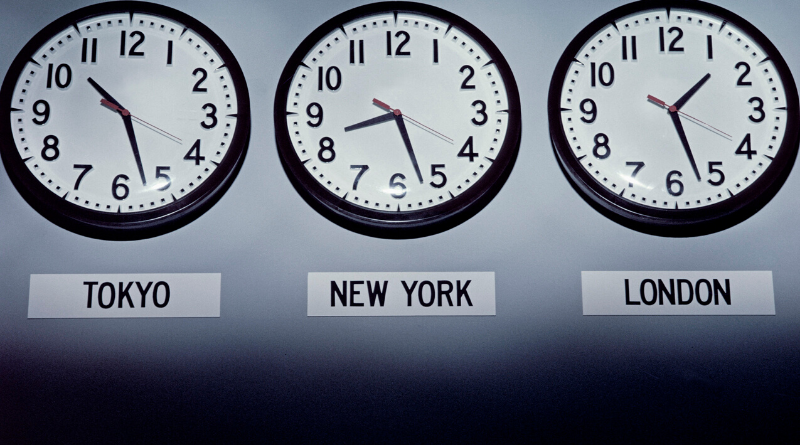Managing Communication With Clients in Different Timezones
One of the most dazzling beauties of modern technology is how it affords us the luxury of clear, instant communication with people from around the world. These days, somebody on the other side of the globe is, quite literally, just a phone call away.
There’s absolutely nothing standing in between a conversation between you and them anymore. Except, of course, where the challenge of time zones comes into play…
This isn’t so much of a problem when it’s a friend or family member and you can send them a whole procession of alarm clock emojis until they wake up. However, when it comes to your business clients, you’re forced to play it much cooler than that which, at times, can prove a bit problematic.
Trying to communicate across timezones can be tricky at the best of times (pun intended) but where maintaining professional relationships and trying to conduct a project are involved, it’s a whole other ball game.
In this blog post, we offer some pearls of wisdom on how you can best manage your communication with clients in different countries or continents. As – when managed well – there is no reason why geographical distance needs to have any real negative impact on relationship-building or rapport.

Be willing to work some unsociable hours
That’s the trouble with working between timezones, it won’t always align nicely with your social calendar or sleep schedule. In order to find a happy medium where both parties can participate at a reasonable hour, you’ll need to stay flexible and willing to operate outside of Monday to Friday, 9 to 5. Showing willing to do this from the start should earn you some extra brownie points too.
Make time for ‘face-to-face’ conversation
Phone calls are foolproof, emails are efficient and instant messages are even better but if you want to build a strong relationship between you and your overseas client, you’re going to need some face-to-face time.
We’re not suggesting you hop on a long-haul flight every time you need a brief signing off but make use of things like video conferencing and video calls regularly to bolster the connection and feeling of familiarity.
Set up some shared digital project management tools
Using an online task management tool like Trello or Monday means that anybody with permitted access can log in at any time to see where various parts of the project are up to. So, while you’re sleeping soundly, your client can look to see what has been ticked off the to-do list that day and respond ready for you in the morning.

Have a multilingual member of staff at arm’s reach
This doesn’t need to be a full-time employee but having somebody qualified in translation available at short notice is a great service to offer to international clients who speak another language. This can just be something you outsource as and when you require it, or if you feel a language barrier is holding your communication back in some way.
Leave some room in your budget for travel
These days, pretty much everything can be done remotely with the right software and technology but there’s still a lot to be said for real life interaction. If you are going to commit to chasing custom across the continents, we recommend setting aside a bit of cash for travel so that face-to-face meetings are an option, even if they aren’t a prerequisite.
Are you a small business owner with a client base around the world? Let us know how you keep communication in check by joining the conversation on social media.




